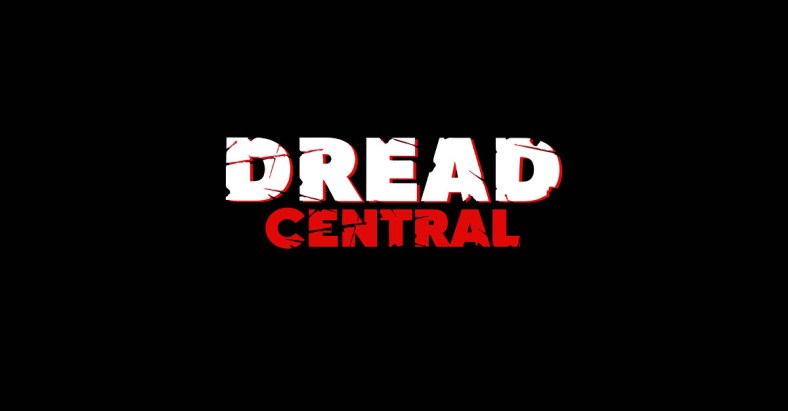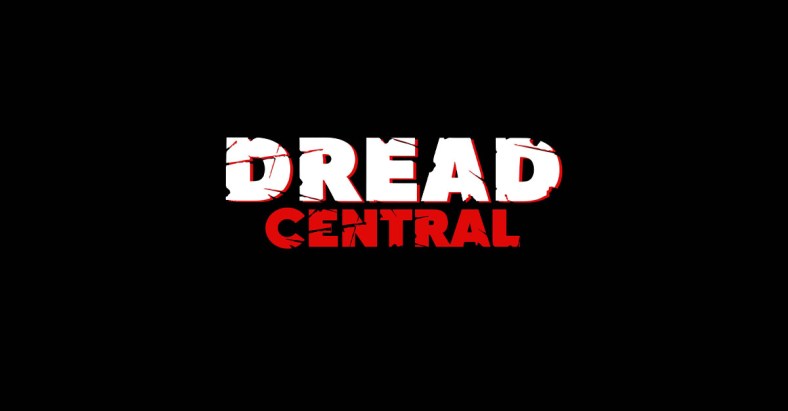For Women the Juiciest Roles Are in Horror Films

No, we’re not talking about how much of the red stuff gets thrown on women in horror films to make them “juicy”… instead, we mean actual on-screen and speaking time that females receive in the movies. And horror ranks number one!
Per The Conversation, University of Southern California communications professor Stacy Smith, who researches depictions of gender and race in film and TV, found that of the 5,839 characters in the 129 top-grossing films released between 2006 and 2011, fewer than 30 percent were girls or women. Meanwhile, only 50 percent of films fulfill the criteria of the Bechdel Test, which asks whether a film features at least two women who talk to each other about something other than a man. However, horror films buck that trend with a renaissance that has been taking place over the past decade.
The genre has moved from taking pleasure in victimizing women to focusing on women as survivors and protagonists. It has veered away from slashers and torture fare to more substantive, nuanced films that comment on social issues and possess an aesthetic vision (i.e., Get Out, The Witch, Under the Skin, and similar films).
According to a recent study by Google and the Geena Davis Institute on Gender in Media, in general men are seen and heard in films nearly twice as often as women. Which is crazy when you think about it because female-led films actually do better at the box office, earning 16% more than male-led films. As the below graphic illustrates, women are seen on-screen more than men only in one film genre: horror.

So, where does that leave us? Following a presentation of the Geena Davis Inclusion Quotient (GD-IQ), 68% of filmmakers reconfigured two or more of their projects after hearing the numbers, and 41% percent stated that it had impacted four or more of their movies. “We’ll see some major improvement in both the number and quality of female characters within the next five to ten years,” Davis predicts.
Increasing female on-screen time and speaking time is just the beginning. “We’re interested in furthering our understanding of other variables in films, such as a character’s dimensionality, profession, and age,” says Google machine learning engineer Hartwig Adam. The hope is to raise awareness of the blind spots in media and encourage storytellers to include a broader range of characters.
“It has been proven to us that data is the most incredibly powerful tool for uncovering unconscious bias and for convincing people that it’s there and you can do something about it,” says Davis. As unconscious gender bias begins to be recognized and addressed, the new characters shaped by this understanding will undoubtedly impact the way everyone – men and women – perceive the roles women occupy in society.
In the meantime, we can only hope that other genres will soon take horror’s lead and embrace women as protagonists… both heroes and villains with the complexity that is generally primarily bestowed on male characters.

Categorized:News

